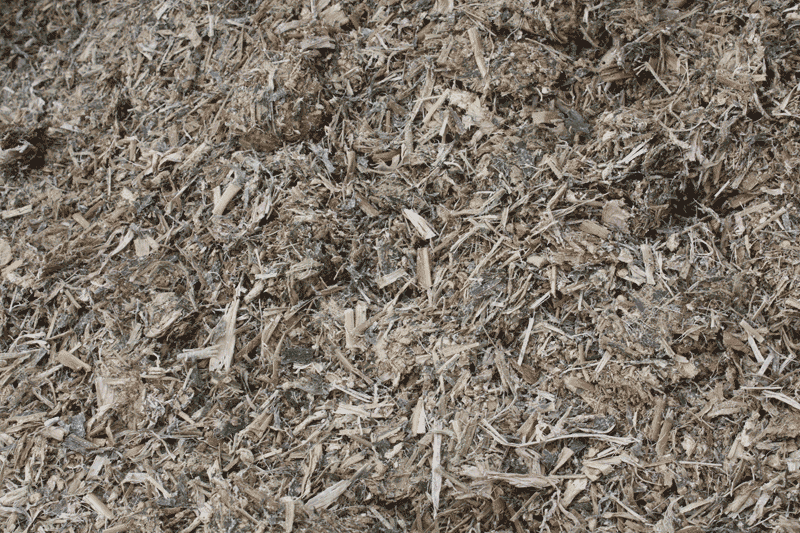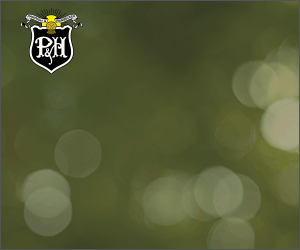Shredlage
NEW WHOLE-PLANT CORN SILAGE TECHNOLOGY
A NEW WHOLE-PLANT corn silage processing technology called Shredlage is soaring in popularity among American dairy farmers and is now gaining attention here in Ontario. Research shows that feeding the silage produced with this implement increases dry matter intake as well as boosting milk production.
PHOTO: SHREDLAGE PROVIDES A LONGER CUT

The Shredlage unit replaces the existing kernel processor in a harvester with some alteration to the cutting drums. It does not slow chopping. In addition to crushing the kernel, Shredlage cuts corn into 26 millimetre to 30 millimetre TLC (theoretical length of cut) with the stalk ripped length-wise into planks and strings. The company says this allows for improved effective fibre and a greater exposure of the inner cells of the corn plant, which in turn results in increased microbial activity during rumen digestion and fermentation.
Shredlage processing results in a total mixed ration that cows cannot sort, says Ross Dale, a Shredlage partner and a nutritionist at Nu-Ag Bosko Inc. in Oskaloosa, Iowa. Dale spoke about the technology at an event sponsored by DuPont Pioneer in Vernon, Ontario in early August, a gathering which attracted over 70 dairy farmers from Quebec and Ontario. Dale also noted that Shredlage can be drier silage that packs equally or better than conventional silage in bunkers. “In addition, it allows for customization in terms of degree of silage processing and shorter-longer fibre length,” he says. “The settings are to be adjusted depending on plant maturity and conditions such as moisture level.”
DuPont Pioneer Livestock Information Manager Robert Larmer also presented at the event. He stated that the technology makes economic sense for owners of any-sized dairy herds, and stressed that the ability of Shredlage to produce drier silage could be important in a farmer’s efforts to increase starch content and therefore total energy in their silage. “Dairy farmers need to get as much digestible fibre as possible off every acre of land, and this tool can help with that,” he noted.
Three Shredlage models are currently available for Claas Jaguar 492 and 494 Series harvesters. Models for other brands are being developed, but the patented Shredlage ‘Loren Cut’ rolls are also available separately for several harvester makes. The rolls last for tens of thousands of tons of processed corn, notes Dale, but they do not have a figure on exactly how many at this point. The rolls cannot be re-worked and must be replaced. The units cost about $30,000 each, and cost return timeline depends on a number of factors such as acreage and the size of your dairy herd.
RESEARCH RESULTS
In 2012, University of Wisconsin extension scientists Luiz Ferraretto and Randy Shaver released the results of a study comparing Shredlage to conventionally-processed corn silage. They found that feeding Shredlage tended to increase dry matter intake and also increased fat-corrected and energy-corrected milk yields by 2.2 pounds per day. The researchers also found that feeding Shredlage increased both ruminal and total-tract starch digestibility.
“A Shredlage unit set at 30 millimetre TLC leaves a greater proportion of coarse stover particles,” says Shaver. “When fed in rations for lactating dairy cows, this can increase the physically effective non-digestible fibre (peNDF) content of the ration, which is important for proper rumen function, cow health and milk fat content.” He adds, however, that they have yet to evaluate whether Shredlage technology may cause greater damage to the coarse stover particles and allow for greater digestibility of the NDF. “To the extent that the stover particle length can be increased while maintaining adequate kernel processing, the use of corn Shredlage may allow for the feeding of higher forage diets,” he says. “More data is needed regarding NDF digestibility for corn Shredlage and the relative peNDF for corn Shredlage compared to hay-crop silage, whole cottonseed, and chopped hay or straw, to allow for better decisions on how best to utilize corn Shredlage in dairy cattle diets. We’re continuing our studies this year.”
For the 2013 harvest, Wilfried Raats had the only Shredlage unit in Canada. He owns Raats Custom Farming Ltd. in Metcalfe Ontario, a company which provides nutrient handling and excavation services in addition to forage harvesting in the eastern Ontario region. He says that over the winter, on the encouragement of his core clientele, he and some other company members went stateside and purchased a unit to fit on one of their three choppers. Raats brought this unit to the meeting in Vernon. He says there is strong interest and that he has a list of customers who want to try it. •






















